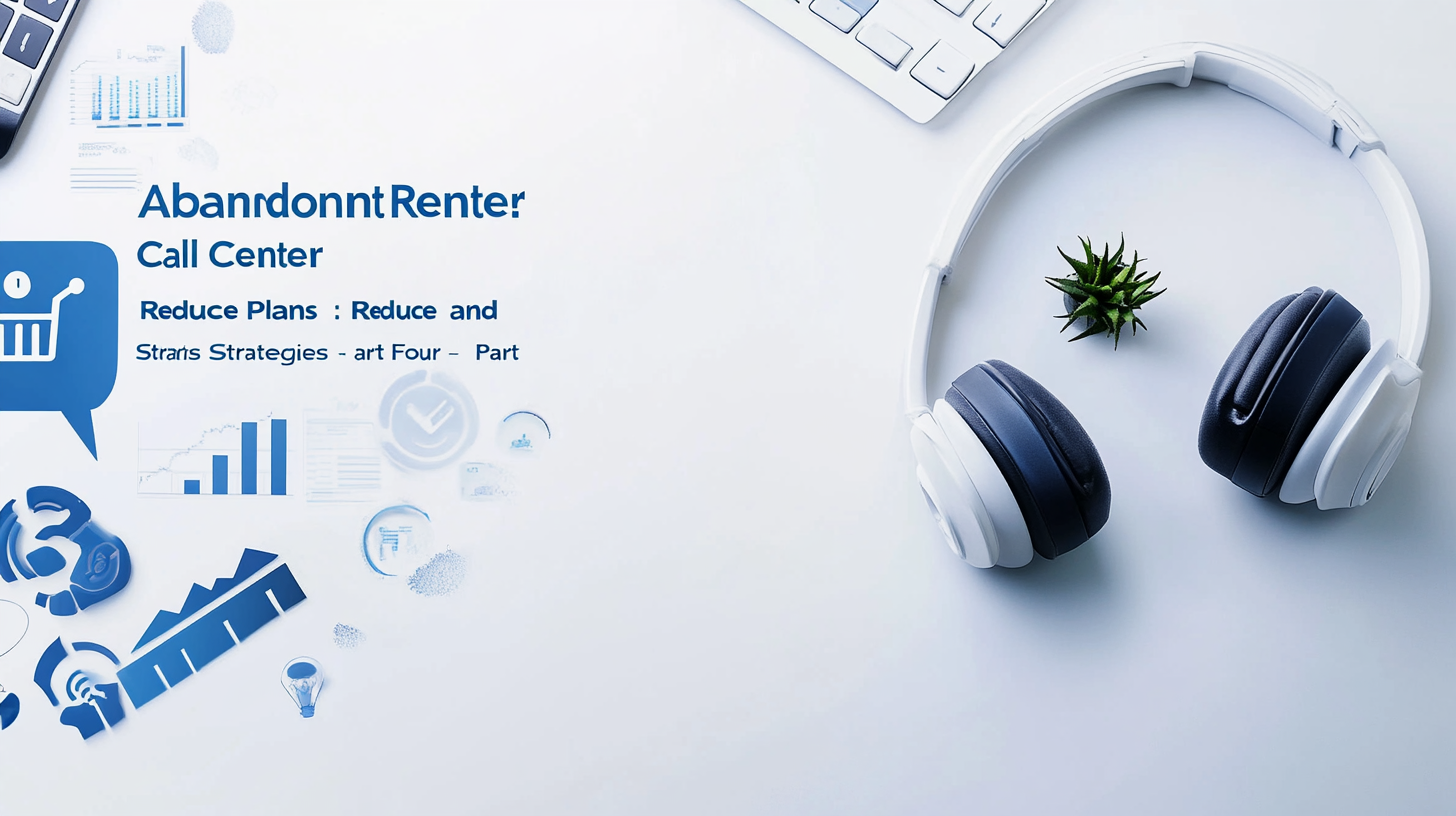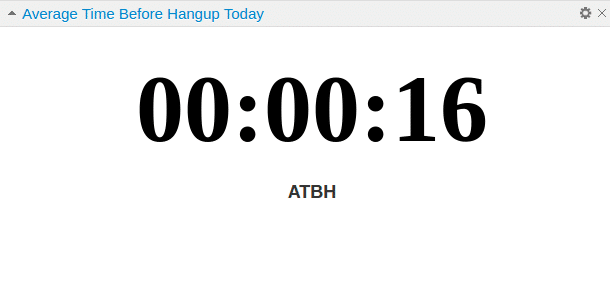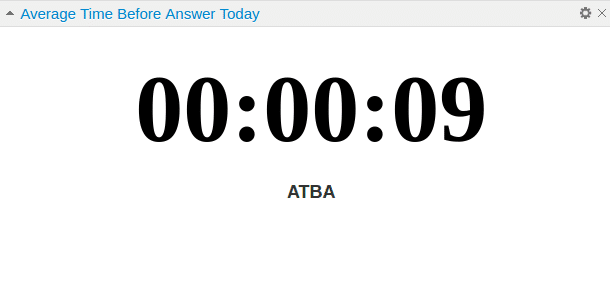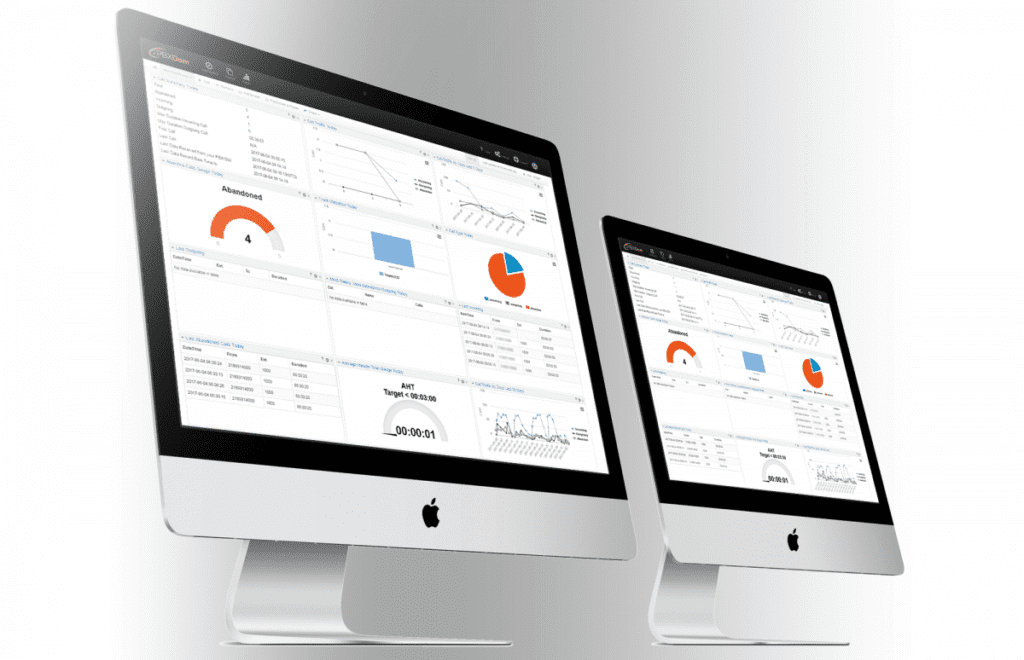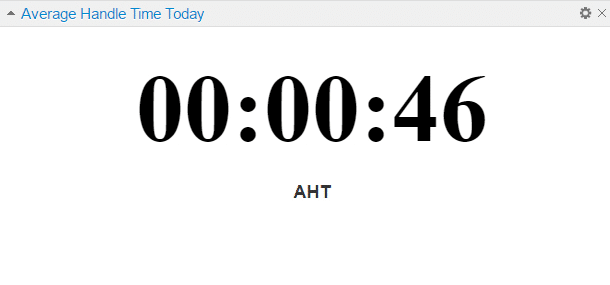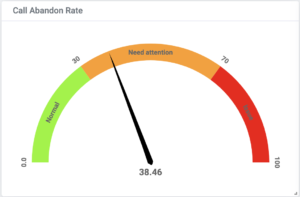An abandoned call is a call that is left behind without having the chance of receiving an answer or before any conversation occurs.
As a manager, one of your responsibilities is to plan some strategies to decrease the call abandonment rate in your company.
Based on studies, the abandonment rate is one of the key performance factors in any serious or non-serious activity and must be tackled down before doing any harm to your business or company.
Some of the harms could take even years to get fully recovered.
For example, when your company or organization gets reputed with a bad poor class name in terms of the services and supports they provide to the clients, dissatisfied customers share their ideas and experiences with others.
Your company might have invested thousands of dollars in marketing to advertise your services and products and become visible to your target customers. And your connections with some of your customers can be so beneficial and profitable to your business.
With knowing all of this, now, I’d like to bring up this question: ‘What causes a caller to hang up the phone before it gets answered?’
The answer to this question is pretty simple!
With a little bit of thinking, we’ll recognize that ‘Frustration’ can be one reason when a phone call is abandoned.
However, what could cause a caller to get frustrated?
To get the answer, let’s put ourselves in the shoes of a customer or client who has to wait patiently till their call finds the way in and is answered. If you admit, that waiting time can be a real pain in the neck and sometimes could go over the top of our tolerance.
I think you could get my point. When customers call a phone number, and they are put on hold till a person answers them, the chances are that they get frustrated and hang up the phone if the waiting time becomes way too much for them to handle.
I should also say that I’m not the first person to say all of this. Most smart businesses and services are quite watchful of the average waiting time in their company and have defined an acceptable maximum value for it.
There also might be other legitimate reasons why your phone calls are abandoned, and your company ends up having more and more unsatisfied customers, but waiting time can be considered as one of the existing reasons.
PBXDom platform is offering dozens of tools for accounting, processing, and analyzing your calls. Among these, there are a few useful widgets to help managers handle call durations and the time on hold.
To become able to layout and apply some strategies to decrease the waiting time, you need to find out about the acceptable average time before answering your calls in your company. Therefore, I’m excited to introduce you to the Average Time Before Hangup (ATBH) widget.
When a person calls a phone number and then after some certain time, they get frustrated and hang up the phone. Since the phone starts ringing when it’s abandoned, that time range is called ‘Time Before Hangup.’
ATBH widget measures the average waiting time before a call is abandoned.
The time value represented by the ATBH can help us recognize the approximate time it takes when a caller gets frustrated and hangs up the phone.
If we could also have the waiting time before a call is answered, we can somehow define our target time value. We could also take advantage of another widget which goes by the name Average Time Before Answer (ATBA).
Average Time Before Answer calculates the average waiting time before a call is answered.
Just stick in mind that ATBA or Average Time Before Answer is different from ATBH or Average Time Before Hangup.
Average Time Before Hangup calculates the total waiting time of all the incoming calls: ABANDONED and divides them by their number.
Average Time Before Answer measures the total waiting time of all the incoming calls which are ANSWERED and divides them by their number.
These two values can sound and look very close to each other, but it doesn’t necessarily mean that they are.
After knowing the average waiting time before answering a call (ATBA), we can plan some strategies to tend ATBH very close to it and decrease the company abandonment rate to some lower values.
Speaking of strategies, there are several ways which you can consider to take down the overall call abandonment rate in your company—depending on your type or scale. But making attempts to decrease conversation handle time may help, as long as the conversations on the phone calls are not sufficient and optimized enough.
For that matter, you can find out about your company’s average handle time using a pack of other widgets available to you on PBXDom.
To learn about your company, organization, or even department handle time, you can go ahead and take advantage of the Average Handle Time widget or AHT.
This widget actually adds all the durations of the incoming and outgoing calls and then divides the value by their number.
But let me tell you something, long handle time can be one of the many reasons you have a long average waiting time before a call is answered or even abandoned. There could also be other reasons, like lack of human and landline resources in your company.
Yes, adding up to your landlines/Trunk or hiring more employees to answer your phones means paying and spending more money.
So I’d suggest you try and ask your colleagues to have more optimized conversations when handling the calls. And then evaluate the progress through Average Handle Time (AHT), Average Time Before Answer (ATBA), and Average Time Before Hang-up (ATBH).
Sometimes, succeeding in managing a problem is the matter of trying several plans and approaches simultaneously. I think the same holds for decreasing the abandonment rate in your company.
Depending on your human and landline resources and the conversation handle time, the ATBA value can differ in your company or organization. This means if you have more landlines and staff in your company and shorter conversations on phone calls, then the chances are that waiting time before answering decreases to lower value.
As always, we are open to your questions, kind suggestions, and feedbacks at PBXDom. You’re more than welcome to contact us.



